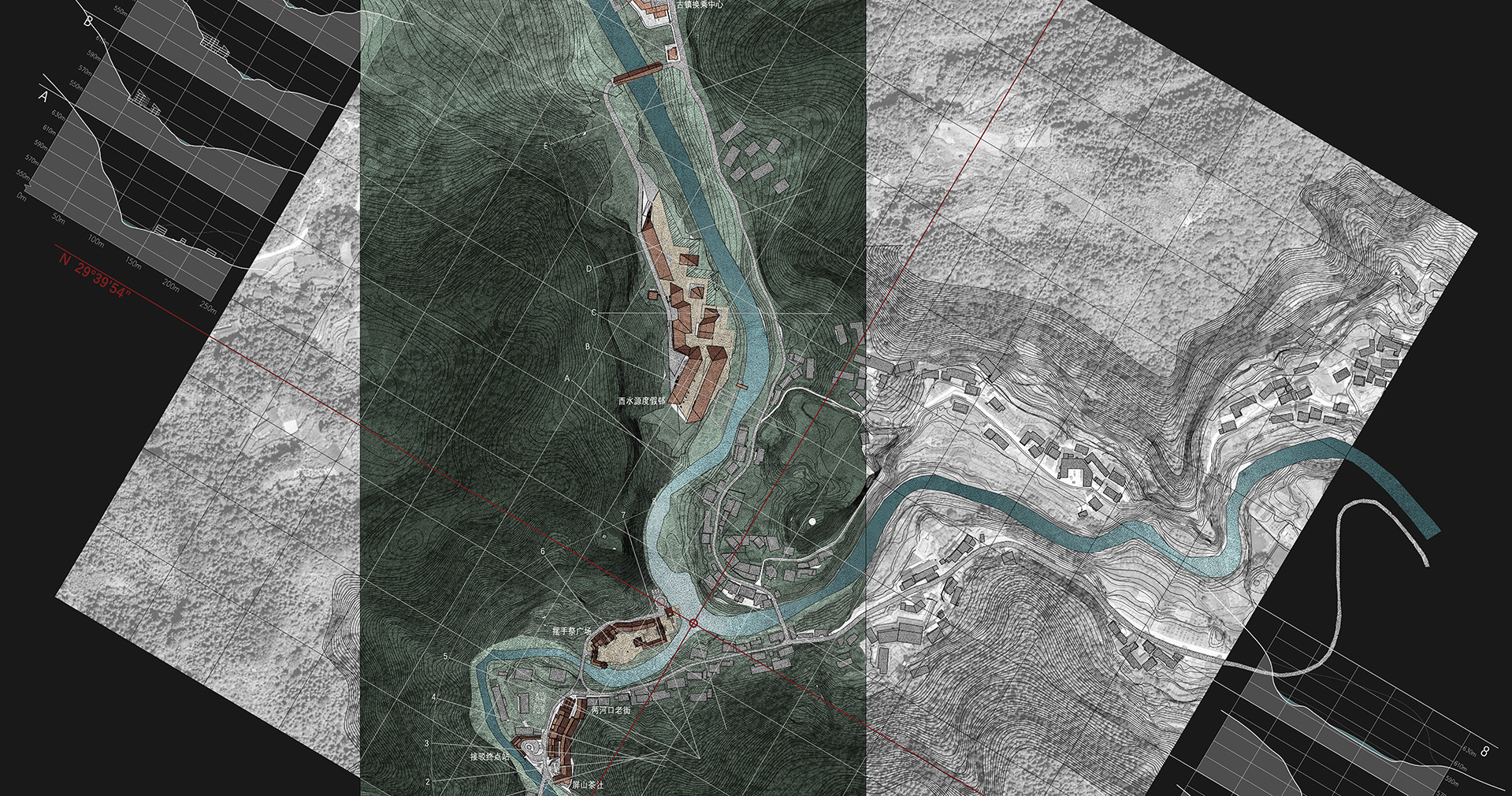点击下方链接进入直播间地址
https://live.bilibili.com/22255700
Bilibili直播间ID 东南大学

面向可持续和宜居城市的
城市信息学
Urban informatics for
sustainable and liveable cities
本次演讲将介绍新加坡国立大学城市分析实验室在城市和地理空间建模方面的最新研究工作,重点在于理解新兴数据集的可用性以及通过众包获取城市信息。实验室主导了多项全面而紧密交织的研究,涵盖城市领域的整个地理空间过程:从数据获取和质量评估的改进,到开发新的应用场景并通过人工智能和分析挖掘数据价值。例如,该团队开发了全球首个针对城市可持续发展的开放屋顶注册表。这些新功能具有生成和分析城市形态高分辨率数据的潜力,并有助于开发评估和支持城市可持续发展的新工具。
Roofpedia – Mapping Roofscapes with AI
Roofpedia is an open registry of sustainable roofscapes around the world. It uses deep convolutional neural network to detect sustainable roof typologies from satellite images. Footprints of buildings identified with solar panels or rooftop greenery are tagged automatically, and the results are visualized above for a score of cities.

Global Streetscapes
Global Streetscapes is a worldwide dataset of 10 million crowdsourced SVIs sampled from Mapillary and KartaView, covering 688 cities around the world, which account for about 10% of the world’s population, enriched with more than 300 attributes and has wide geographical, environmental, and temporal diversity. In addition, the project is supported with open-source code and documentation. It is a big open large-scale labelled street-level imagery dataset addressing various challenges on using street view imagery in urban sciences. A comprehensive paper about the project is published as a namesake article in the ISPRS Journal of Photogrammetry and Remote Sensing.

Global Building Morphology Indicators (GBMI)
GBMI introduces a formalised, structured, modular, and extensible method to compute, manage, and disseminate urban indicators at a large scale and high resolution, while the precomputed dataset facilitates comparative studies. The theory and implementation traverse multiple scales: at the building level, both individual and contextual ones based on encircling buildings by multiple buffers, and aggregations at several hierarchical administrative levels and at multiple grids. Our open dataset, comprising billions of records on a growing scope of urban areas worldwide, is the most comprehensive instance of morphological data parametrising the individual building stock, supporting studies in urban analytics and a range of disciplines.

讲者简介








